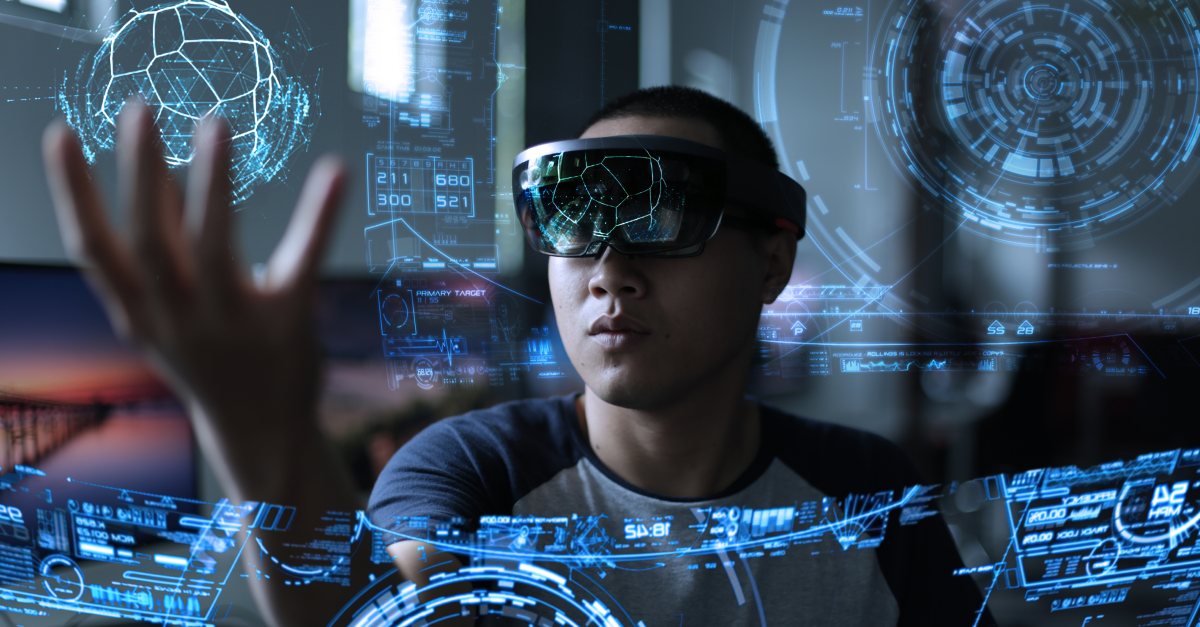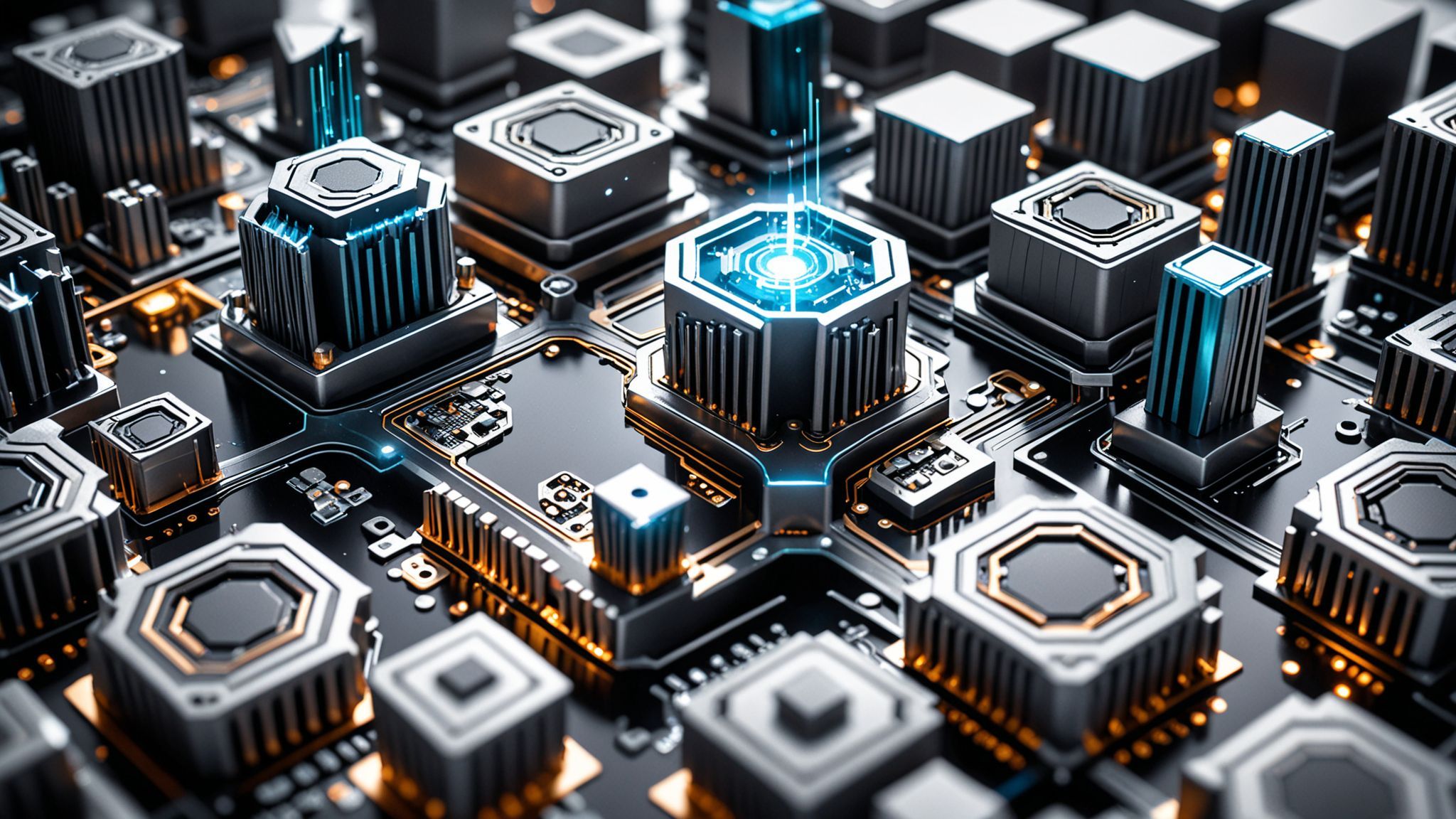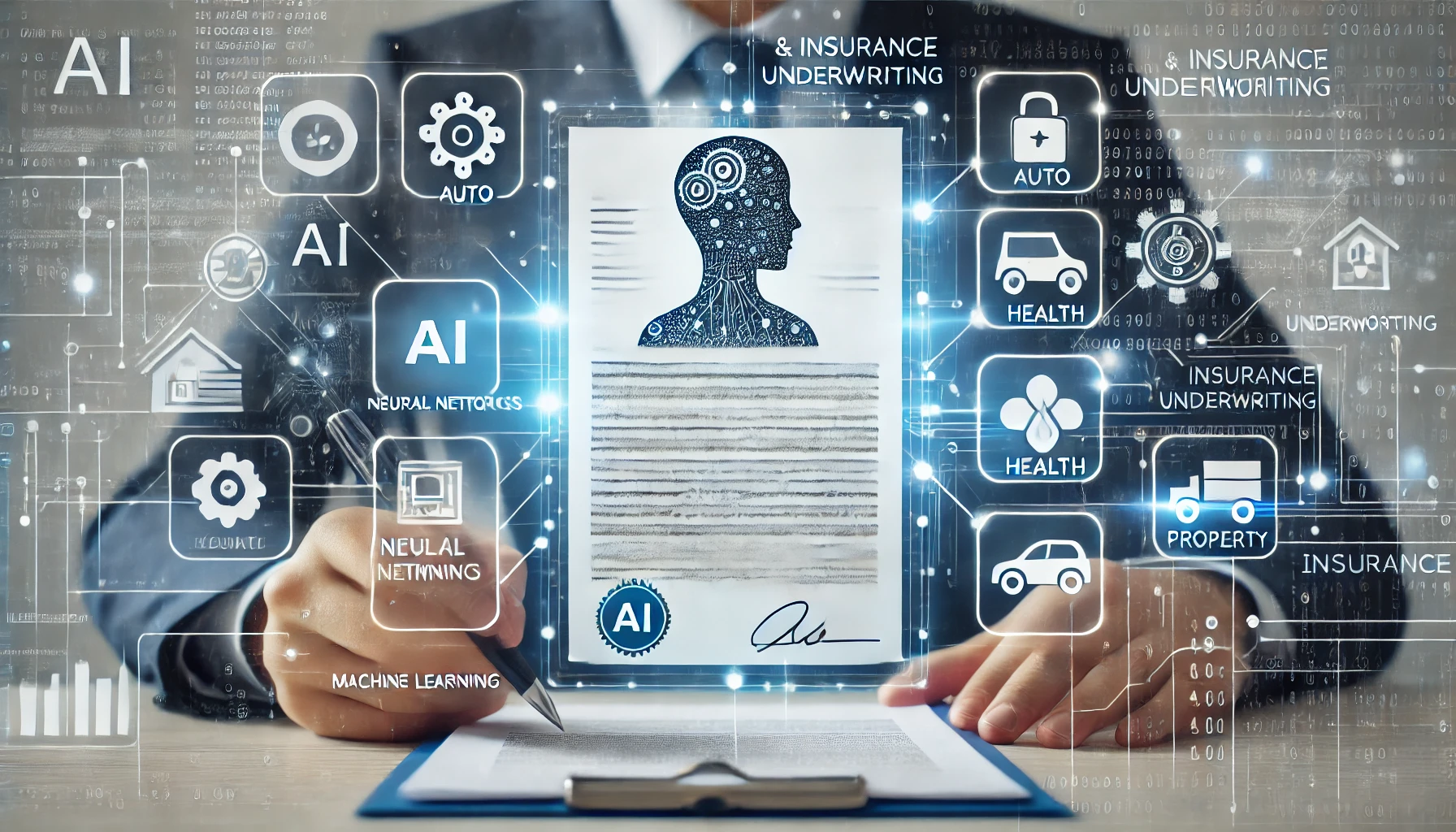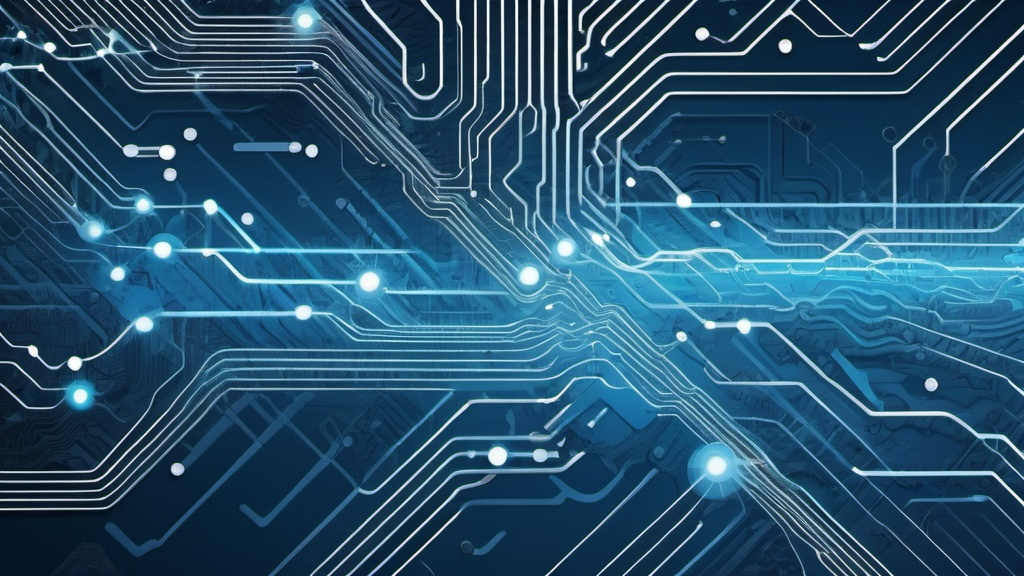The way we interact with technology has changed immensely over the last decade. Immersive technology has boomed after the COVID-19 pandemic, with many workplace sectors opting for safer ways to work, train and develop. Alongside this, consumerism has shifted that means marketing efforts have changed. People have moved to spend money on things to do as opposed to physical items. This has called for a huge development in the world of Spatial Computing.
In this article, we’re going to look at everything you need to know about Spatial Computing, including how it’s being used, advancements in Spatial Computing, and an in-depth look at interaction technology.
Spatial Computing, put simply, is the visualization of activities and interactions between machines, people, objects, and the environments in which they take place. They enable and optimize actions and interactions.
What is Spatial Computing?
It was a term first defined by MIT Media Lab alumni Simon Greenwold in his 2003 thesis. However, this vision was only made possible recently. Thanks to advances in artificial intelligence (AI), camera sensors and computer vision that tracks environments.
Spatial Computing adds knowledge of the relative location and allows machines to work alongside humans. This is something that is becoming increasingly popular across many industries and Spatial Computing is sure to become more popular in the coming years alongside the advancements of technology.
Spatial Computing, put simply, is the visualization of activities and interactions between machines, people, objects, and the environments in which they take place. They enable and optimize actions and interactions.
It was a term first defined by MIT Media Lab alumni Simon Greenwold in his 2003 thesis. However, this vision was only made possible recently. Thanks to advances in artificial intelligence (AI), camera sensors and computer vision that tracks environments.
Spatial Computing adds knowledge of the relative location and allows machines to work alongside humans. This is something that is becoming increasingly popular across many industries and Spatial Computing is sure to become more popular in the coming years alongside the advancements of technology.
Spatial Computing at Work
As mentioned, Spatial Computing is already in play in a lot of workplaces across the world. Let’s have a look at where Spatial Computing is being used currently and what for.
Firstly, automated warehouse operations are a great example of Spatial Computing being used in the workplace. The “Amazon effect” has driven eCommerce sales and skyrocketed customer expectations for next-day delivery. This has in turn transformed warehouses and increased demand exponentially. The need for fast turnaround times with delivery means companies must move goods very quickly to fulfill thousands of daily customer orders. This is where Spatial Computing comes into play very successfully.
Another area where Spatial Computing is becoming more prevalent is the industrial sector. The industrial sector will heavily benefit from Spatial Computing, and it is being used to train workers in computer-generated 3D environments that resemble real workplaces and scenarios.
The health sector is also another area in which Spatial Computing will play a role. The COVID-19 pandemic has heavily increased the need for better diagnosis and the avoidance of physical touch as much as possible. Systems such as ProjectDR at the University of Alberta make this possible. There is no doubt healthcare providers across the world will look to adopt similar strategies to battle the pandemic. Allowing CT and MRI data to be displayed directly onto patients’ bodies will enhance feedback from and to the doctor. This technology can also be utilized to plan procedures to maximize efficiency in all areas.
Aside from the healthcare and industrial sector, Spatial Computing is also being used in technical support. It has become an integral tool in supporting organizations, making remote meetings and work possible. It merges video streams using AR to share key information allowing people from all over the world to connect.
As you can see, Spatial Computing has already had a big impact on workplaces all over the world and we predict this trend will very much continue into the coming years as technology advances.
Advancements in Spatial Computing
One significant advancement in Spatial Computing is 3D UX design. There are some exciting advancements being made when it comes to XR, but this is still in the early stages and there is a lot to be done, especially in natural interaction. There are some best principles for voice, eye and hand tracking (which we will discuss below) but these are still very much a work in progress.
Spatial Computing is at the heart of the next step in the ongoing convergence of the psychical and digital worlds. It covers both virtual and augmented reality, digitizing objects that connect via the cloud and digitally representing the real world. Spatial Computing will soon bring human-machine and machine-machine interactions to new levels of efficiency in all areas, work, and life.
Let’s take a look at some specific interaction technology advancements that are being made with Spatial Computing.
Interaction Technology
- Hand Tracking – This allows people to interact directly with virtual content. Users are able to grab, pinch, push, slide and swipe virtual objects directly, with no need to learn button presses or keyboard shortcuts. Picking up an object in the physical world is effortless and the same must be true in Spatial Computing. Hand tracking software needs to feel realistic to be successful. It must capture all the subtlety and complexity of human movement.
- Haptics – Haptics is a key interaction technology for Spatial Computing. This can be completed through wearables to create the sensation of touch. We are a very long way from being able to digitize touch entirely, this is a great start and is a stepping stone to improving user experience.
- Voice Control – We’ve already seen the rise and huge success of digital voice assistants such as Siri, Alexa and Google Home. The number of voice-based assistants in the world was set to exceed the entire population in 2021. Engaging with AR and VR using voice alongside body, creates exciting possibilities. This is another interaction technology that we already use every day and is set to grow even more in the coming years.
- Eye Tracking – Eye tracking can be used to boost effortless interactivity. Varjo, headset manufacturers, are already using their ability to track where a user is looking. The purpose of this is to better understand the user’s intent and enable relevant information feeds. It minimizes clutter and reduces cognitive load.
A Look Ahead
Spatial Computing is becoming increasingly popular as the world moves along. Accelerated by the COVID-19 pandemic, people have begun to spend less on physical things and more on things to do.
The shift of consumerism means that marketing efforts have had to shift, and brand storytelling has become imperative to generating action and conversion.
Spatial Computing unlocks a new way for users to interact with the physical world and the objects within it. Immersive technologies are unrestricted by location meaning it has huge potential for growth as technology advances.
It’s safe to say that Spatial Computing has had a huge impact on the way consumers view the market and also how workers do their day-to-day job. Spatial Computing is sure to advance even more over the next few years and the interconnectivity between the physical and digital will be enhanced.
Want to advance your business with the help of technology experts? Let’s talk.





